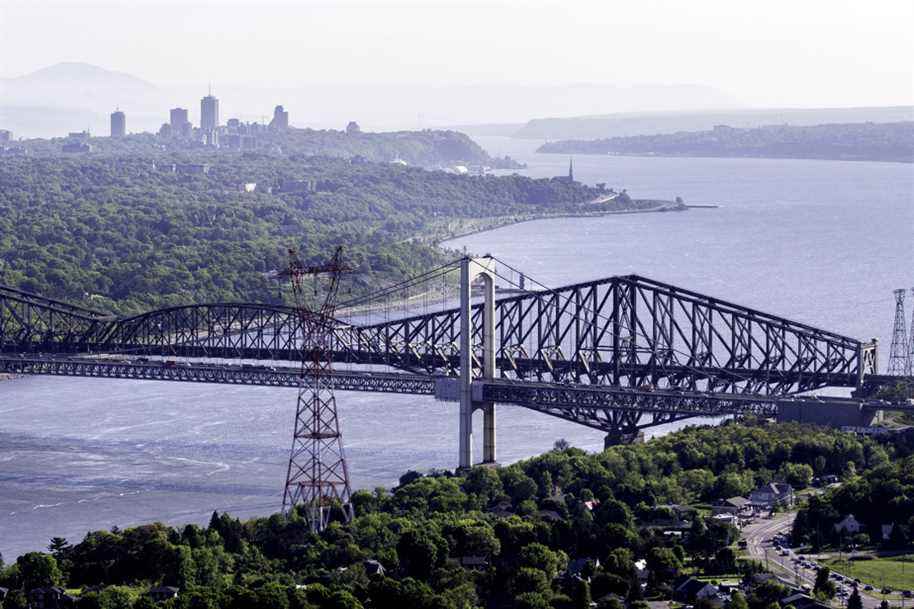(Quebec) In the end, we will not dig one of the largest tunnels in the world under the St. Lawrence River, between Quebec and Lévis. The Legault government changes its plans and opts for a “third link” consisting of two smaller tunnels with less than six lanes in total.
Posted at 3:05 p.m.
He will present his revised and corrected project on Thursday. Last year, it unveiled the first version of its 8.3-kilometre Québec-Lévis tunnel: a single tube made up of two floors with six lanes in total – three lanes in each direction, including one reserved for buses.
To build this infrastructure with a diameter of 19.4 meters, it would have been necessary to use a huge tunnel boring machine, a little wider than the largest that we have seen so far on the planet. The pharaonic aspect of the work has earned many criticisms from the government.
He went back to the drawing board and decided to build two smaller tunnels – one for each direction. There is talk of four or five lanes in total; elements of the new version will also remain to be determined in future work. Dedicated bus lanes remain, but it is possible that other vehicles may use them depending on the time.
As for the route, the government is keeping its sights set on a link linking the city centers of Québec and Lévis. We will therefore not move the infrastructure to the east.
The estimated bill will be lower, but still significant. Last year, Quebec estimated the cost at seven billion dollars, while recognizing that it could reach up to 10 billion.
Thursday’s exercise will also serve to support the government’s argument to justify the construction of the third link. Last week, François Legault stated that “it is expected, with the increase in population, that the number of minutes of waiting on the two bridges will be greater than the waiting time on the bridges of Montreal “. He gave no details; his firm merely said that the information came from his project office. Data will be presented as part of the update.
The government presented the new version of the third link to CAQ MPs on Monday, as well as to the mayors of Quebec, Bruno Marchand, and Lévis, Gilles Lehouillier, on Tuesday. The first has never taken a position on the third link and is giving itself time to decide. The second has been campaigning for the third link for a long time.
In February, Prime Minister François Legault mentioned for the first time the presentation of an “adjusted” project for a more modest third link.
On January 13, Bruno Massicotte, full professor in the department of civil, geological and mining engineering at Polytechnique Montréal, invited the government to review its plans, since “the proposed tunnel project is at the limit of what is feasible “. The Ministry of Transport had entrusted him in 2015, under the Liberals of Philippe Couillard, with the realization of a pre-feasibility study on a third road link east of Quebec.
“The proposal currently under consideration is among the most risky. Tunnel projects indeed come with a high level of uncertainty mainly due to the nature of the soils, which are partly unknown,” he added in a letter published in The Press January 13.
“To better serve the population, one option to consider would be to split the project in two, by creating a public transit-type link between downtown Quebec and Lévis and adding a third road link where it would be the most advantageous, explained Mr. Massicotte. The road link could take different forms, but a bridge would be the optimal choice from a cost and schedule perspective. Three sites are possible: near the existing bridges, west of Cap-Rouge and east of Lauzon. »

